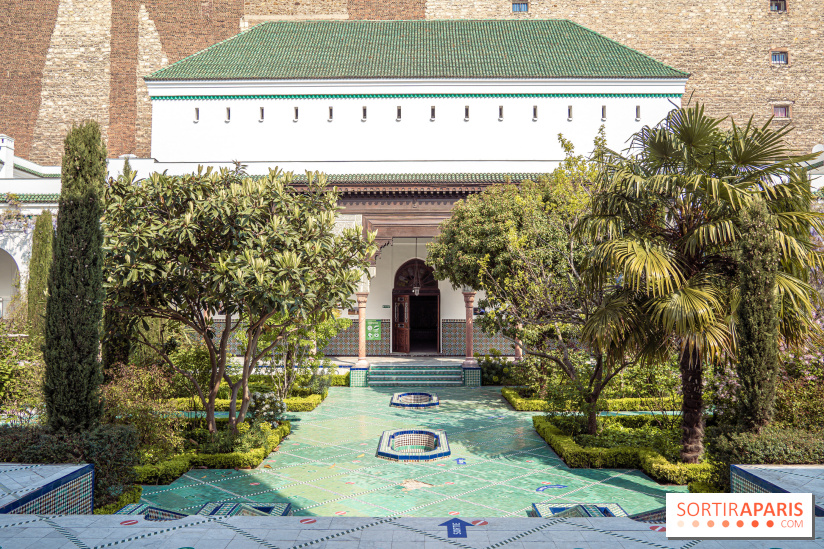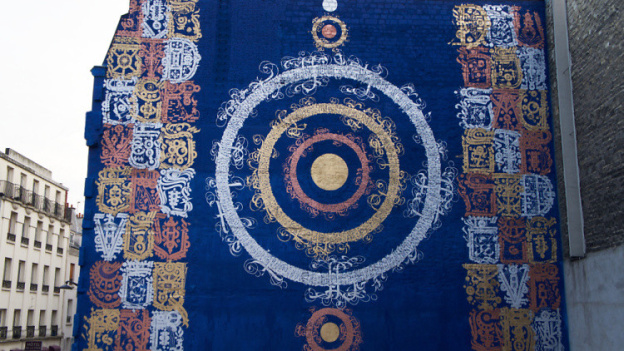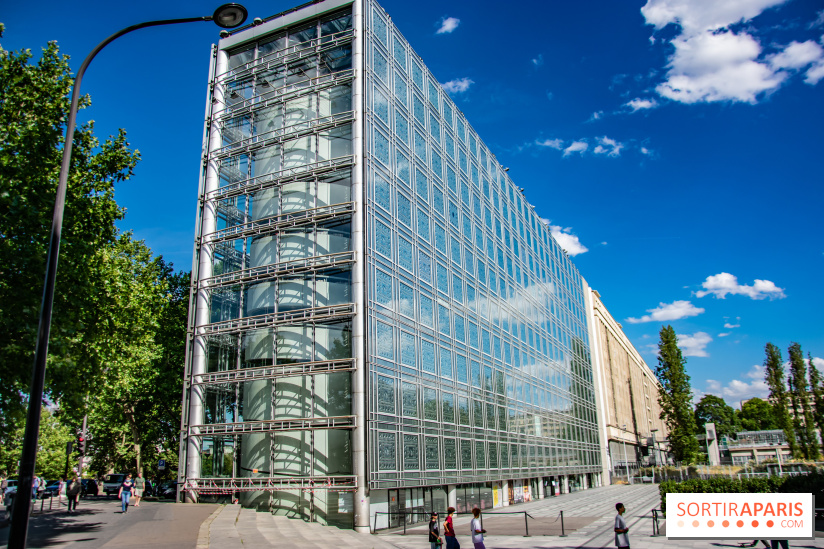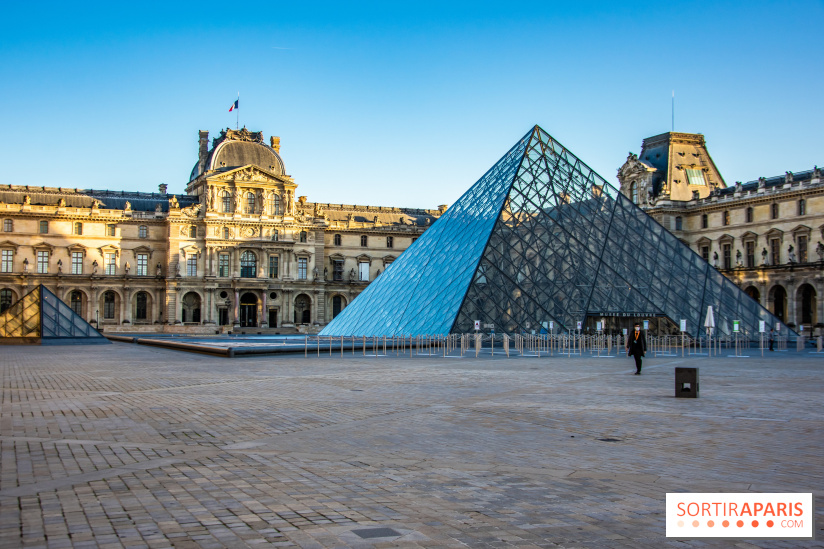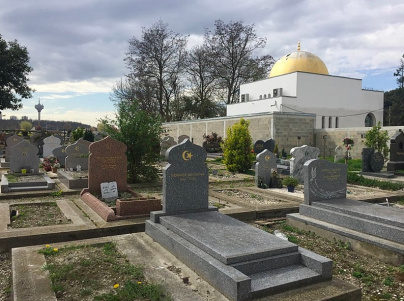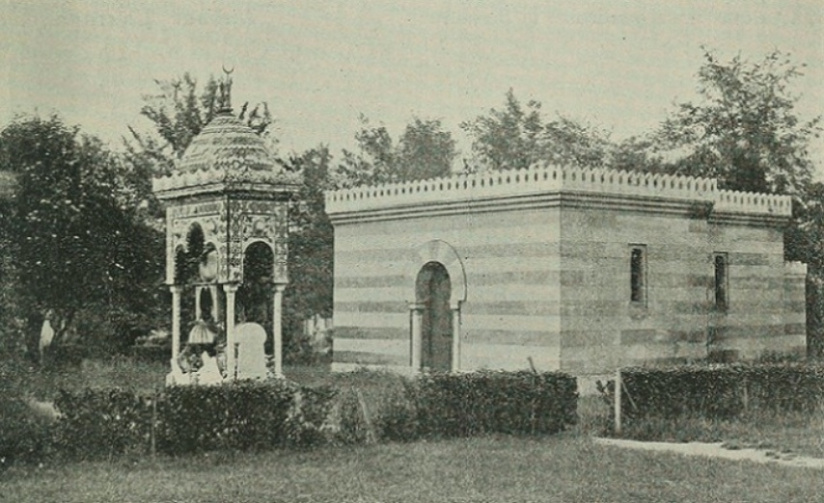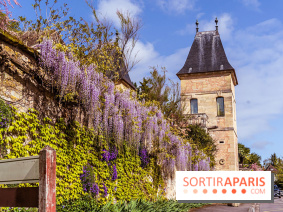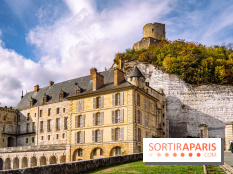At the crossroads of cultures for centuries, Paris is the witness of many civilizations that have set foot here, for a time or forever, whether Russian, Irish, Japanese or Jewish. On the occasion of the end of Ramadan and Eid, let's go together to discover the Arab-Muslim cultural heritage, visible in the streets and in the buildings of the capital.
Since the Middle Ages and throughout the following centuries, a real Muslim heritage has been created in Paris, which can be discovered today in museums, through the exhibition of relics and objects, in places of worship, and even in the places of meditation of the capital. Great Mosque, institutes, cemeteries, and even a religious building today disappeared... A small overview of the Arab-Muslim heritage and places in Paris!
The Arab-Muslim heritage and places in Paris :
Built between 1922 and 1926 by the architects Robert Fournez, Maurice Mantout and Charles Heubès, following the plans of Maurice Tranchant de Lunel, general inspector of Fine Arts in Morocco, the Great Mosque of Paris commemorates the 100,000 Muslims who died for France during the First World War. After the conquests of the Frenchcolonial empire, several projects for the construction of mosques were considered in Paris, including one on the Quai d'Orsay and another at Père-Lachaise. Finally, it was a stone's throw from the Jardin des Plantes, on a plot of land donated by the City of Paris, that one of the first mosques in France was built, becoming the place of worship for the 20,000 Muslims living in the capital at the time.
In Moorish style, the Great Mosque was inspired by the el-Qaraouiyyîn Mosque in Fez, Morocco, with its mosaics, earthenware, green tiles, stylized floral motifs and large green courtyards with turquoise-blue pools. Inaugurated on July 16, 1926 in the presence of President Gaston Doumergue and the Sultan of Morocco Moulay Youssef, the mosque is divided into three parts: the first consists of a 33-meter high minaret, a patio and a prayer room; the second, a school, a library and a conference room; and the last, a restaurant, a tea room and a hammam reserved for women.
The Institute of Islamic Cultures
In the Goutte d'Or district, theInstitute of Islamic Cult ures is a protean place, at the same time a center of contemporary art, a musical scene, and a place of dialogue and learning. From Africa to Asia, through Europe and the Middle East, to America and Australia, the Institute of Islamic Cultures has given itself the mission of revealing the diversity of these cultures through the prism of contemporary art. A way to highlight theheritage and traditions of many civilizations of yesterday and today, and the influence of these in the world.
Managed by the City of Paris, the institute organizes, throughout the year, exhibitions, concerts, conferences, screenings followed by debates, but also more original cultural activities, such as courses in Arabic and Wolof, calligraphy, singing or cooking. The institute also organizes artistic and cultural workshops, live shows, and movie snacks for young people. The institute also has a restaurant, a hammam and a prayer room belonging to the Great Mosque of Paris.
TheInstitut du Monde Arabe, too, has taken on the mission of making Arab culture known in Paris. The construction of this building withcontemporary architecture, although part of the policy of major works desired by François Mitterrand, was decided during the seven-year term of Valery Giscard d'Estaing in order to improve diplomatic relations between France and Arab countries, in the midst ofpost-oil crisis tensions.
Inaugurated on November 30, 1987, the IMA is recognizable by its southern façade designed by Jean Nouvel, for which the architect took up the themes of Arab geometry with 240 moucharabiehs. Since its opening, the Institut du Monde Arabe has been highlighting Arab culture through exhibitions, screenings, conferences, concerts, workshops and language courses. A link between the two cultures, favored by the reception of a whole section of the Islamic art heritage of the Louvre Museum, itself enriched by loans from Syrian and Tunisian museums.
The Department of Islamic Art at the Musée du Louvre
Created in 2003 at the Musée du Louvre, the Department of Islamic Art, composed of the Louvre's collection and that of the Decorative Arts, brings together collections covering the entire Islamic world, from Spain to India, from 622 to the 19th century. There was, in fact, a section of Muslim art within the museum's department of objets d'art as early as 1893. From now on, the 3000 works are exhibited in the Visconti courtyard of the Louvre museum.
Named by Jacques Chirac - although this is a catch-all name, qualifying Art by a religion - the department brings together several jewels of Islamic art, including the pyxis of al-Mughira, a Spanish ivory box dated 968; the peacock dish, an Ottoman ceramic; and above all the baptistery of Saint Louis, one of the most famous and enigmatic pieces in all of Islamic art, created by Muhammad ibn al-Zayn at the beginning of the 14th century.
The Muslim cemetery of Bobigny
The only cemetery, along with that of Strasbourg, to be entirely reserved for Muslims in France, the Muslim cemetery was inaugurated in Bobigny, in Seine-Saint-Denis, on February 12, 1937. A testimony to the country'scolonial history, the cemetery is one of the buildings built in homage to Muslim soldiers who died for France, like the Great Mosque of Paris. Built by the architect Edouard Crevel to accommodate nearly 6,000 graves facing Mecca, the cemetery is in the neo-Moorish style inspired by Moroccan necropolises, with its white walls, green tiles and numerous Mediterranean plants.
Beyond the porch, the cemetery houses a prayer room topped by a golden dome and a military square, both of which are listed as historical monuments. Between 1944 and 1954, the cemetery received the remains of some sixty soldiers of the French Army who died for France. Several political and military figures are also buried there.
The Père-Lachaise mosque, a lost treasure
It is a story that few Parisians know, the monument having now disappeared. Père-Lachaise was the site of the first mosque in France in 1857, 70 years before the construction of the Great Mosque of Paris. Following a request from theOttoman embassy and with the agreement of Napoleon III who wished to thank the Ottoman Empire following the Crimean War, the City of Paris created a Muslim square and erected a mosque in the 85th division of the Père-Lachaise cemetery. Inaugurated on January 1, 1857, the mosque, built in a simple style of red and white stone, consists of a prayer room for the deceased, a lavatorium for their cleansing, and a storage room for the accessories of worship. The Muslim enclosure is intended to accommodate Ottoman soldiers who died on French soil.
Due to lack of maintenance, the mosque and the Muslim enclosure deteriorate rapidly, and despite requests from the Ottoman embassy in Paris to restore and even enlarge the building, the mosque is finally razed in 1914 at the request of the embassy, to be replaced by a new building with a more assertiveIslamic architecture. But the project is abandoned at the beginning of the First World War, when the Ottoman Empire decides to ally with Germany. At the end of the war, it was decided to build a new mosque, in a different district: the future Great Mosque of Paris.
And to help you during your stroll, we prepared you a small map:
So, let's go and discover the Arab-Muslim heritage of Paris?
